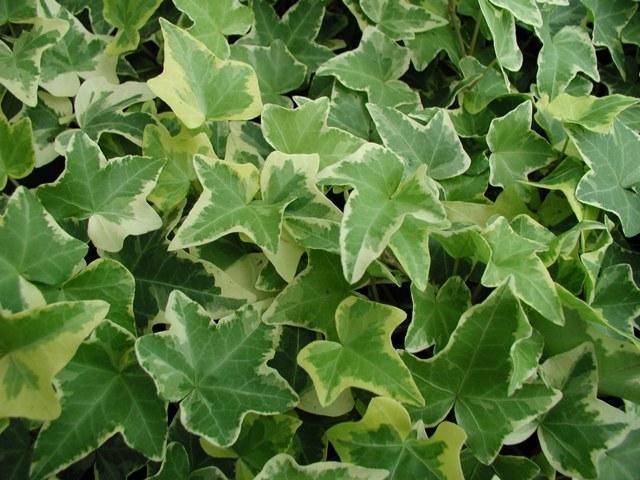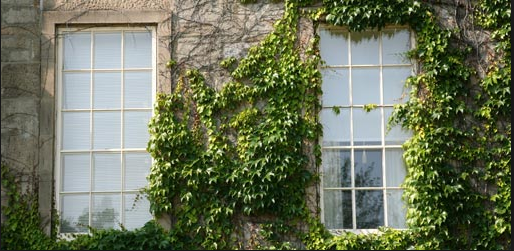Ivy makes buildings look full of character and offers a pleasant visual break in the monotony of brickwork, but is it damaging to your walls? The answer is not so straightforward. A lot depends on the type of material the ivy is growing on. Ivy will take root in cracks but isn’t normally strong enough to cause cracks itself. Most solid masonry can support ivy perfectly well, but less stable structures can be damaged extensively by such an invasive plant. It may require the replacement of the wall exterior or the rendering and this should only be done with the appropriate equipment such as scaffolding to allow you to safely work on the outside of your building. A Scaffolding Essex company can help out with any of your needs.

If you want to grow ivy, here are some places you should avoid letting it take root:
- Weakened Brickwork:Ivy should be prevented from growing on crumbling mortar or where loose bricks are present. The ivy can cause existing cracks to widen which lets moisture inside.
- Dry-Stacked Walls:Any walls constructed without mortar run the risk of collapse if you attempt to remove ivy from it. There are lots of natural crevices where ivy can take root, so dislodging the plant could very well mean dislodging the stones too.
- Older Homes:Mortar quality is better now than it used to be. The older the property, the weaker the mortar will be. Houses built before the 1930s used a softer mortar.
- Wood Fences:The roots of ivy can easily infiltrate cracks in wood grain, leading to rot. It’s also a common place for pests and wood-destroying insects to inhabit.
- Paint: Any painted surface can suffer damage when pulling off ivy roots.
- Weakened Structures:As ivy is heavy, it can easily be responsible for pulling down badly-built or weakened structures.
If you want to include ivy in your landscaping, stick to these areas:
- Solid Masonry:Keep ivy limited to growing on well-built and strong masonry walls with no gaps or loosened bricks.
- Correct Species:English ivy is banned in some places due to its invasiveness, so try to introduce a less threatening species.
- Containment:Train the ivy only where you want it as removing it can leave behind hard-to-clean residue on brickwork.
- Avoid Wood:Prevent the ivy from coming into contact with wooden trim, windows and guttering.

If you need to remove ivy from your building:
- Pull on the ivy extremely gently in case the roots have penetrated any cracks. Pulling could damage your mortar if this is the case.
- Don’t leave the roots too long as they will only get harder to remove.
- Scrape loose roots and stems until only the tendrils remain.
- Get a scrubbing brush and remove as much dry material as you can. Stubborn tendrils might be removed with some water and detergent.
- If you’re not having much luck, call in the professionals to try to remove the unsightly residue from your masonry.